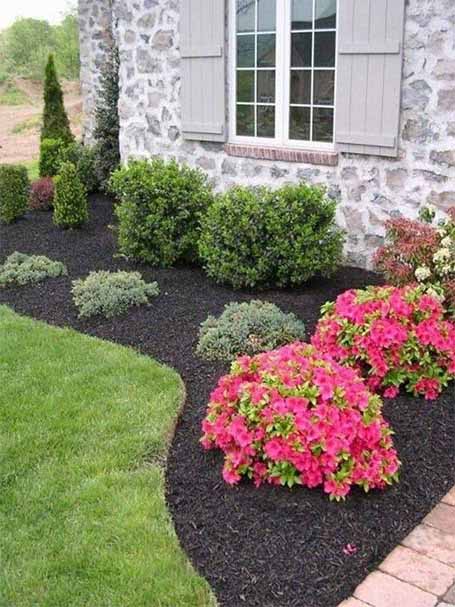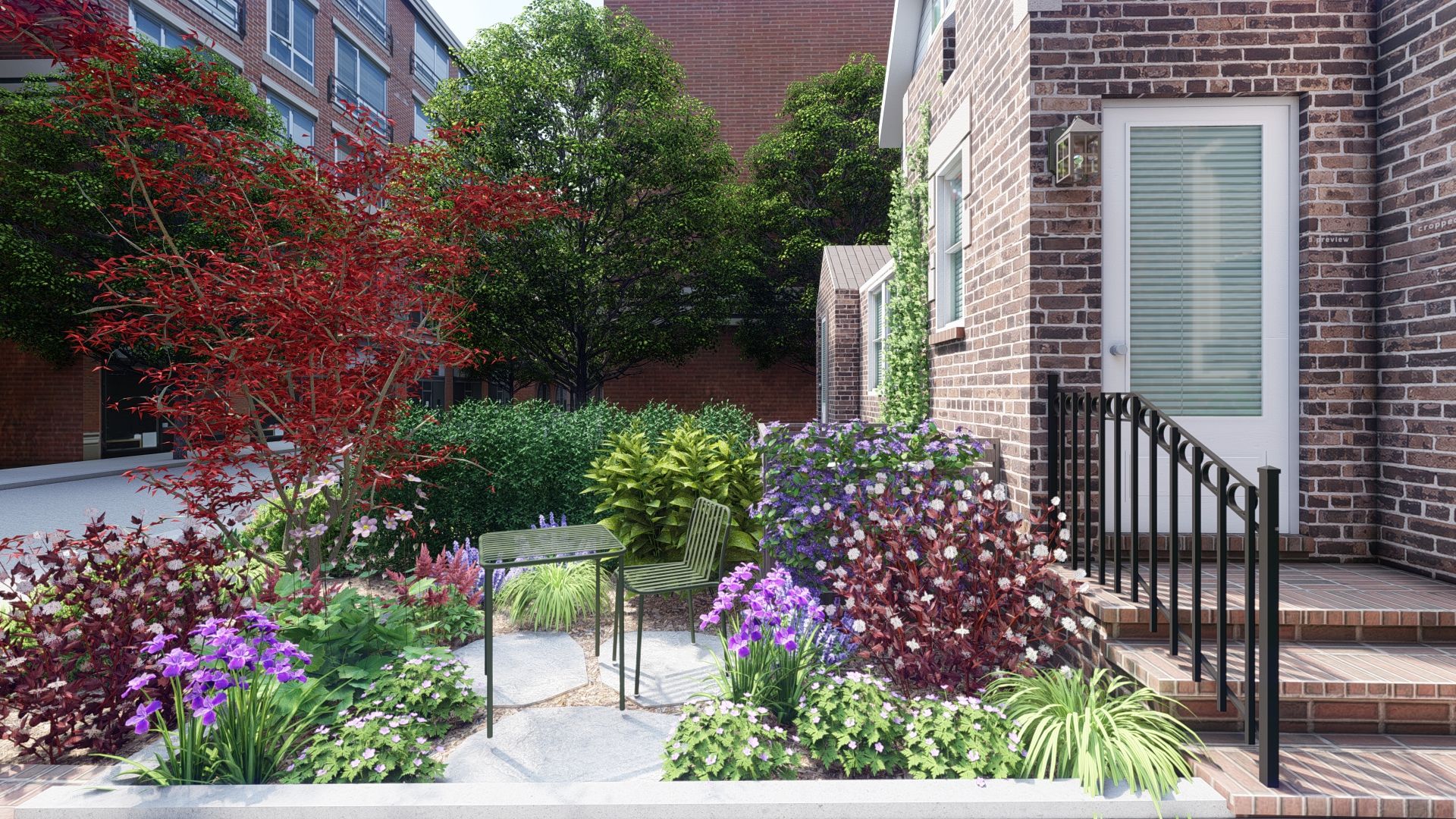8 Simple Techniques For Landscapers
8 Simple Techniques For Landscapers
Blog Article
6 Simple Techniques For Landscapers
Table of ContentsSome Known Details About Landscapers The 5-Second Trick For LandscapersHow Landscapers can Save You Time, Stress, and Money.The Definitive Guide for LandscapersOur Landscapers Statements
Because they are experts, they understand specifically what to do and how to manage your landscape appropriately. They have the right devices and know the appropriate products for the task. Meanwhile, doing it yourself might cause condition considering that you just have a basis on how the result must be. Thus, you 'd wind up having more issues and repair work in the future.They recognize what the finest procedures are to have the ideal outcomes. If you desire a cost-effective gorgeous landscape task, you can have the professional landscaper do the budget plan setup for you. You only have to inform them the information concerning just how you desire your place to appear like and the spending plan you have for the job.
When making a residential landscape, one of the most essential step is to put a plan on paper. Creating a plan of attack will certainly conserve you money and time and is more probable to result in an effective design. A master plan is established with the 'style procedure': a step-by-step method that thinks about the ecological problems, your desires, and the components and principles of style.
The 10-Minute Rule for Landscapers
The five steps of the style procedure include: 1) conducting a website supply and analysis, 2) establishing your needs, 3) producing functional layouts, 4) developing theoretical design strategies, and 5) attracting a final design plan. The first 3 actions develop the visual, practical, and horticultural needs for the style. The last 2 actions then apply those requirements to the development of the last landscape strategy.

The practical representation is then utilized to find the activity spaces on the site and from this diagram a theoretical plan is established. The last step is a last design that includes all the hardscape and growing details that are required for setup. Throughout the layout procedure there are 10 crucial points to think about: for plant choice and activity location by considering what you want and need to help establish forms and arrange spaces by designating task areas and relating to components for both the setting and the customer by utilizing massing and layering methods such as transition areas and prime focus in the materials, the colors, and the surface area structures for the growth and maintenance of plants by utilizing sustainable layout techniques An extensive stock and evaluation of the site is essential to identify the environmental problems for plant growth and the best use the website.

The smart Trick of Landscapers That Nobody is Talking About
Topography and drainage need to likewise be kept in mind and all drainage problems remedied in the suggested layout. browse around here A great design will certainly relocate water away from your house and re-route it to various other areas of the yard. Climate concerns start with temperature: plants need to have the ability to survive the average high and, most notably, the typical low temperatures for the area.

Sun/shade patterns, the amount and length of direct exposure to sunlight or shade (Figure 1), produce microclimates (often called microhabitats). Recording website conditions and existing greenery on a base map will certainly reveal the place of microclimates in the backyard. Plants typically drop into one or two of 4 microclimate categories-full sun, partial shade, color, and deep color.
Figure 1 - Landscapers. Sun and shade patterns. Credit: Gail Hansen, UF/IFAS It is necessary to note all the present problems on an accurate base map when doing the website supply (Number 2). Utilities such as high-voltage line, sewage-disposal tanks, below ground utilities and roof covering overhangs establish plant place. Use a property surveyor's plat of your property for the limits and place of your home.
Budget plan concerns include the products, preliminary installment expenses and the on-going upkeep prices. Establish the time and money you want to place into preserving the plants and hardscape-be reasonable regarding your intents and capability. Figure 3. Present usage locations. Credit Report: Gail i loved this Hansen, UF/IFAS Figure 4. Recommended use areas. Credit Report: Gail Hansen, UF/IFAS There are various landscape style themes- from simple to complicated, but it is useful to select one to guide your plant and product option.
The smart Trick of Landscapers That Nobody is Talking About
Numerous people locate it helpful to look in horticulture magazines and publications for concepts. This is an excellent beginning, but be mindful that the gardens in the pictures were chosen due to the fact that they are outstanding examples. Check out the pictures with an essential eye to gather ideas that you can adapt to your enthusiasm level, your budget plan and your website.
Make a decision if you intend to open your lawn, shut your yard, or a little of both, to these sights. Simply put, do you desire the yard to enclose the area around you and connect primarily to the home, or do you desire the yard to open views and look external, connecting to the surroundings? This will offer you a starting point to think of a motif.
This is called "local color", which implies it fits with the surroundings. There are both type motifs and style themes. Every yard should have a form motif, yet not all yards have a style theme. As a matter of fact, numerous residential gardens have no certain style except to blend with your house by repeating details from the design such as products, color, and type.
In a form style the company and form of the rooms in the lawn is based either on the shape of your home, the form of the areas between the residence and the property boundaries, or a preferred shape of the home owner. The type theme establishes the shape and company (the layout) of the areas and the web links you can try these out in between them.
The Landscapers Diaries
Architecture is generally the primary resource of a theme, however motifs can likewise represent a time, a culture, a place, or a sensation, such as tranquility or peace. The benefit to using a traditional design theme is the well established collection of types and elements have historically worked well with each other and endured the test of time.
Design motifs can additionally apply to the growing plan and might include exotic, desert, meadow, woodland, marsh, or seaside growings. Motifs can be as simple as a shade mix or plants with a distinctive personality- such as grasses-used repeatedly in the structure.
Report this page